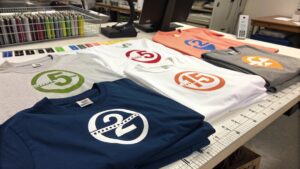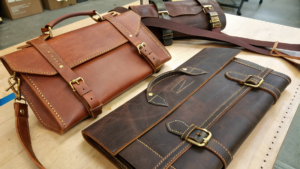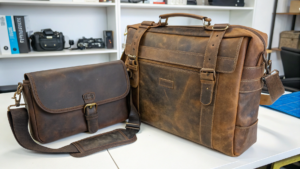T-Shirt Printing: More Than Just Ink on Fabric?
Are you thinking about getting custom T-shirts made? T-shirt printing is more than just putting a design on a shirt.
T-shirt printing is a powerful tool for identity, culture, and brand storytelling, allowing businesses and individuals to transform abstract ideas into tangible, wearable culture. It offers a permanent yet transient medium for communication, making it a highly effective and personal platform for broadcasting messages and building connections.
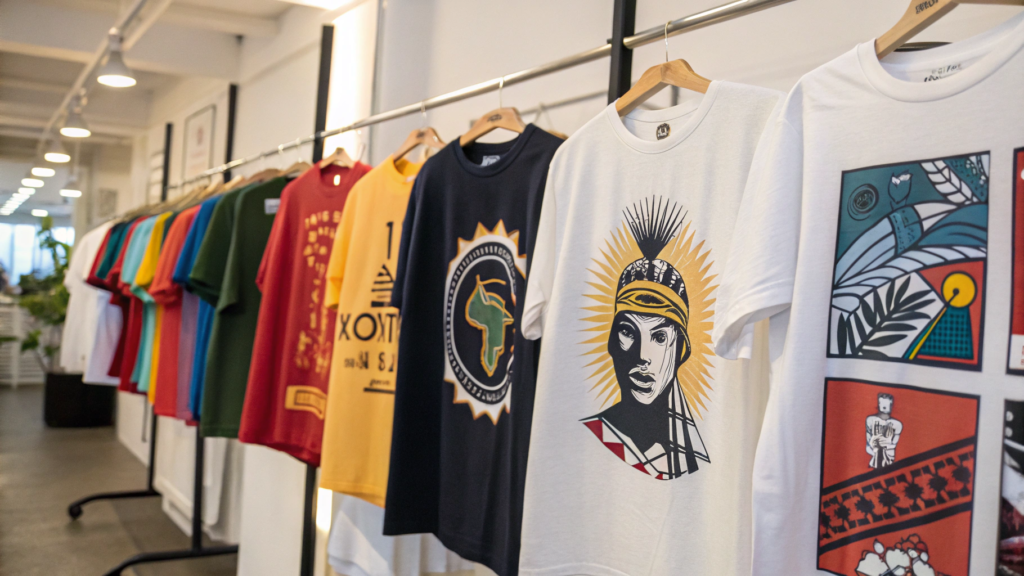
T-shirt printing is not just a production method. It has become a way to express identity, culture, and brand stories. From streetwear to corporate campaigns, the printed T-shirt is a wearable canvas. It lets both personal voices and big influences be seen. What makes it uniquely powerful is not the ink or the fabric. It is its ability to turn ideas into something real and shareable.
What is DTG Printing T-Shirts?
Have you heard of DTG printing1 and wondered what it is? It is a popular method for creating detailed T-shirt designs.
DTG (Direct-to-Garment) printing is a digital printing method that applies ink directly onto a T-shirt using an inkjet printer, much like a paper printer. This method excels at reproducing complex, full-color designs with gradients and fine details, making it ideal for small-batch orders and photographic prints on various fabrics.

I have always seen T-shirts as more than just merchandise. They are a way to be relevant. In a time when attention is short, a printed T-shirt stays. It travels with the person wearing it. It appears in real places. It speaks without needing a screen. This is especially good for new businesses, creators, and even movements. When done right, one shirt can last longer than a whole social media campaign. It does not just say "who" made it. It says "why" it was made. DTG printing is a key part of this. It allows for detailed art.
How DTG Printing Works and Its Advantages
DTG printing offers a unique set of benefits and characteristics that set it apart from other T-shirt printing methods, making it suitable for specific design and production needs.
| Aspect | Description | Advantage | Best Suited For |
|---|---|---|---|
| Methodology | Ink is sprayed directly onto the fabric, then cured with heat. | No setup fees for screens, allows for complex designs. | Photographic prints, designs with many colors/gradients. |
| Color Versatility | Virtually unlimited color palette, precise color matching. | Reproduces intricate artwork and vivid full-color images. | Artistic designs, detailed illustrations, brand logos with complex color schemes. |
| Minimum Orders | Ideal for small runs, even single shirts. | Cost-effective for low quantities, reduces waste. | Custom one-offs, sampling, limited edition drops. |
| Feel of Print | Softer hand-feel compared to screen print, especially on white shirts. | Comfortable to wear, less "plasticky" feel. | Apparel where comfort and a natural feel are prioritized. |
| Fabric Compatibility | Works best on 100% cotton, but can be used on cotton blends with pre-treatment. | Versatile for various cotton-based garments. | T-shirts, hoodies, and other cotton apparel. |
| Turnaround Time | Generally faster for small orders than screen printing. | Quick production for on-demand or rapid fulfillment. | Urgent orders, fast-fashion trends. |
| Environmental Impact | Uses water-based inks, less water waste than screen printing2. | More eco-friendly in some aspects than other methods. | Brands focused on sustainable production. |
From my experience working with brands like Jacky's, choosing a print method is no longer just technical. It is a design decision. It tells your brand's pace, values, and look. DTG suits niche drops and full-color art for creative brands.
Which is the Best T-Shirt Printing Method?
Are you trying to pick the right way to print your T-shirts? There are several methods, and the "best" one depends on your specific needs.
There is no single "best" T-shirt printing method; the ideal choice depends on factors like design complexity, order quantity, desired print feel, fabric type, and budget. Screen printing is best for large orders and bold designs, while DTG is ideal for complex, multi-color designs and smaller runs.
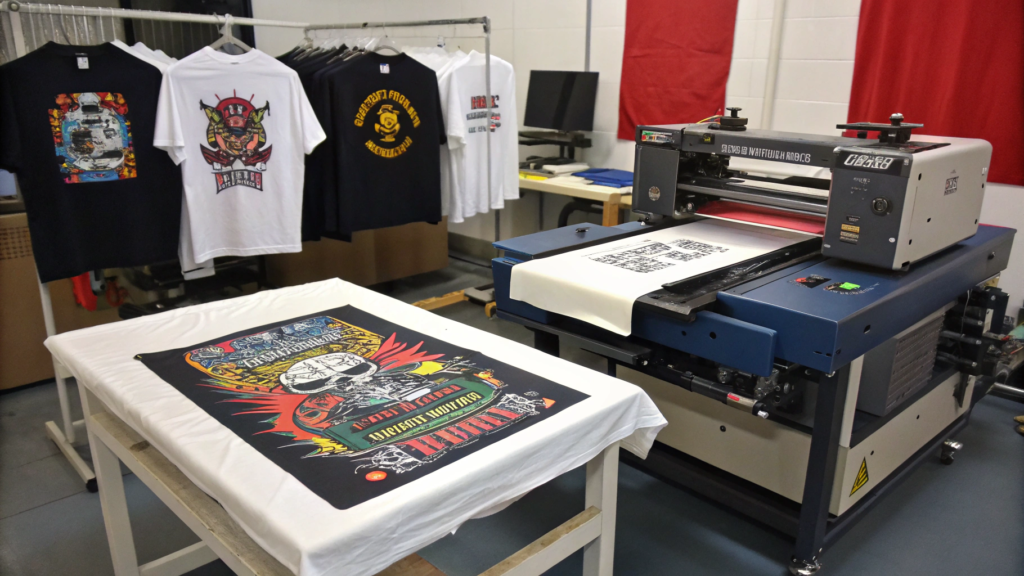
I have seen many businesses get stuck trying to find one "best" method. But it really depends on what you need. Print choices reflect brand values3. Screen printing is good for durability and bold designs. It is perfect for long-term branding. DTG is for niche drops and full-color art, good for creative brands. Heat transfer and sublimation are for fast fashion trends.
Comparing T-Shirt Printing Methods
Each T-shirt printing method offers a unique combination of benefits and limitations, making it suitable for different types of designs, budgets, and production scales.
| Printing Method | Ideal For | Pros | Cons | Key Difference |
|---|---|---|---|---|
| Screen Printing | Large quantities, simple designs, solid colors. | Durable, vibrant colors, cost-effective for bulk. | High setup costs, limited color gradients, less detail. | Uses stencils for ink application. |
| DTG (Direct-to-Garment) | Complex, full-color designs, small quantities, photos. | Unlimited colors, soft feel, no setup costs for screens. | Slower for bulk orders, works best on cotton, higher ink cost. | Digital printer sprays ink directly. |
| Heat Transfer Vinyl (HTV) | Small runs, numbers, names, simple logos. | Very durable, good for bold text, low minimums. | Limited colors per design, can feel plasticky, less breathable. | Vinyl cut and heat-pressed onto fabric. |
| Sublimation | All-over prints, light-colored polyester fabrics. | Vibrant, long-lasting, soft feel, no cracking/peeling. | Only works on polyester, no white ink, limited to light fabrics. | Ink turns to gas, dyes fabric fibers directly. |
| Embroidery | Professional look, corporate apparel, hats. | Premium look, very durable, textured feel. | Higher cost, limited detail, not for fine art. | Stitched design, not printed. |
The insight is this: T-shirt printing is the modern printing press. Like Gutenberg's press spread ideas, T-shirt printing lets individuals and brands share beliefs, humor, or style on fabric. You do not need a big budget. You just need a message worth wearing. That is what makes it so lasting and flexible.
Which is Better, a Cotton or Polyester T-Shirt?
Are you torn between cotton and polyester for your T-shirts? Each fabric has distinct qualities that make it better for certain uses.
The choice between a cotton and a polyester T-shirt depends on the intended use: cotton is better for comfort, breathability, and everyday wear due to its softness and natural feel, while polyester is superior for athletic performance, durability, wrinkle resistance, and moisture-wicking properties.
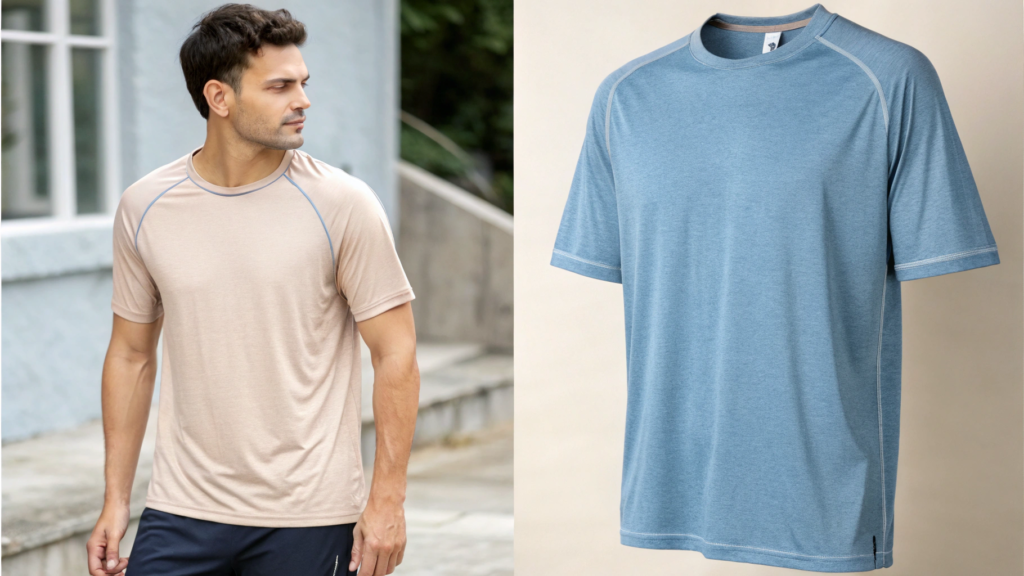
I often get asked this question. It seems simple, but the "better" fabric really comes down to the purpose of the T-shirt. Cotton and polyester offer very different experiences.
Comparing Cotton and Polyester for T-Shirts
Understanding the inherent properties of cotton and polyester helps in selecting the most appropriate fabric for specific T-shirt applications, from casual wear to high-performance athletic apparel.
| Feature | Cotton | Polyester | Ideal Use Case |
|---|---|---|---|
| Feel/Comfort | Soft, natural, breathable. | Smooth, slick, can feel less natural. | Cotton for everyday comfort, Polyester for activewear. |
| Breathability | High, allows air circulation. | Low, traps heat; less breathable unless specially woven. | Cotton for warm weather, casual wear. |
| Moisture Wicking | Absorbs moisture (sweat), stays wet. | Wicks moisture away from skin, dries quickly. | Polyester for sports, workouts, hot climates. |
| Durability | Strong fibers, but can shrink and wrinkle; less resistant to fading. | Very strong, resists shrinking, stretching, and wrinkles. | Polyester for demanding use, frequent washing. |
| Printability | Excellent for most printing methods, especially DTG and screen printing. | Good for sublimation; can be tricky with some ink types. | Cotton for detailed prints, Polyester for all-over designs. |
| Odor Retention | Can retain odors if not washed properly. | Less prone to odor retention due to non-absorbent fibers. | Polyester often preferred for athletic gear due to odor resistance. |
| Environmental | Natural fiber, biodegradable (if untreated). | Synthetic, less biodegradable; often made from recycled plastic. | Cotton for natural feel, Polyester (recycled) for sustainability. |
| Cost | Generally more affordable for basic tees. | Can be slightly more expensive for performance fabrics. | Depends on budget and intended functionality. |
T-shirt printing is not just about customizing clothing. It is about customizing culture. For anyone trying to build a brand or spark a movement, the printed tee remains one of the most powerful and personal platforms in modern storytelling. Choosing the right fabric is part of that story.
Conclusion
T-shirt printing transforms ideas into wearable culture. DTG is great for complex designs on cotton. Screen printing is best for large orders. Cotton is for comfort, polyester for performance.

